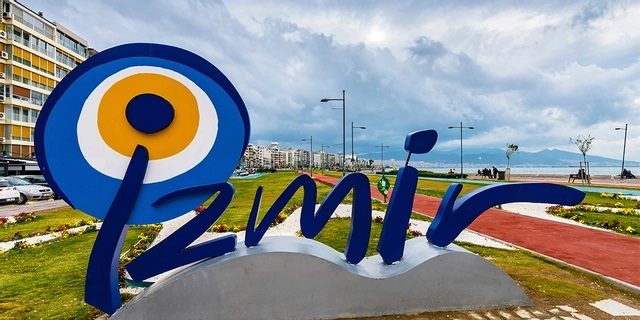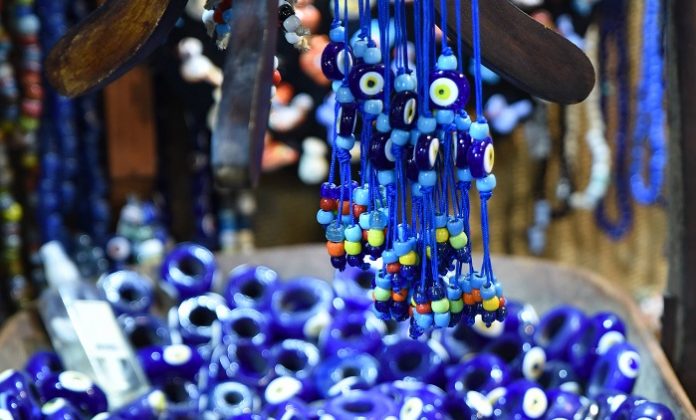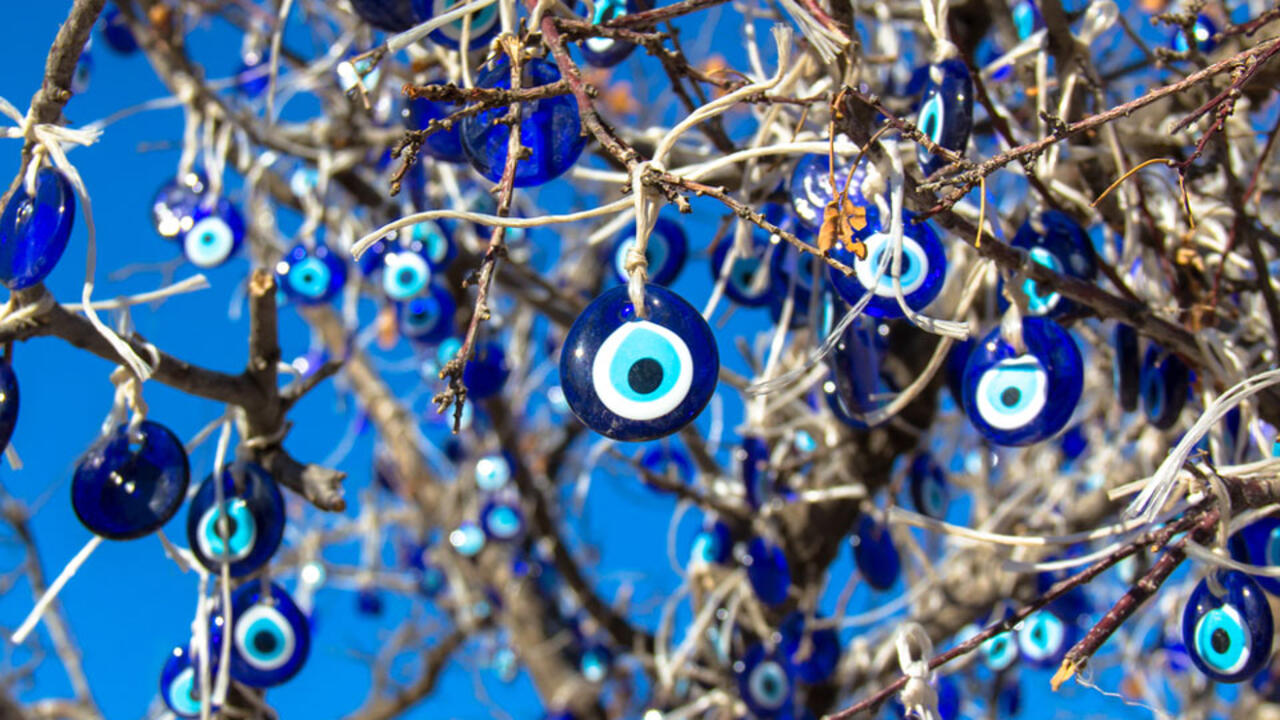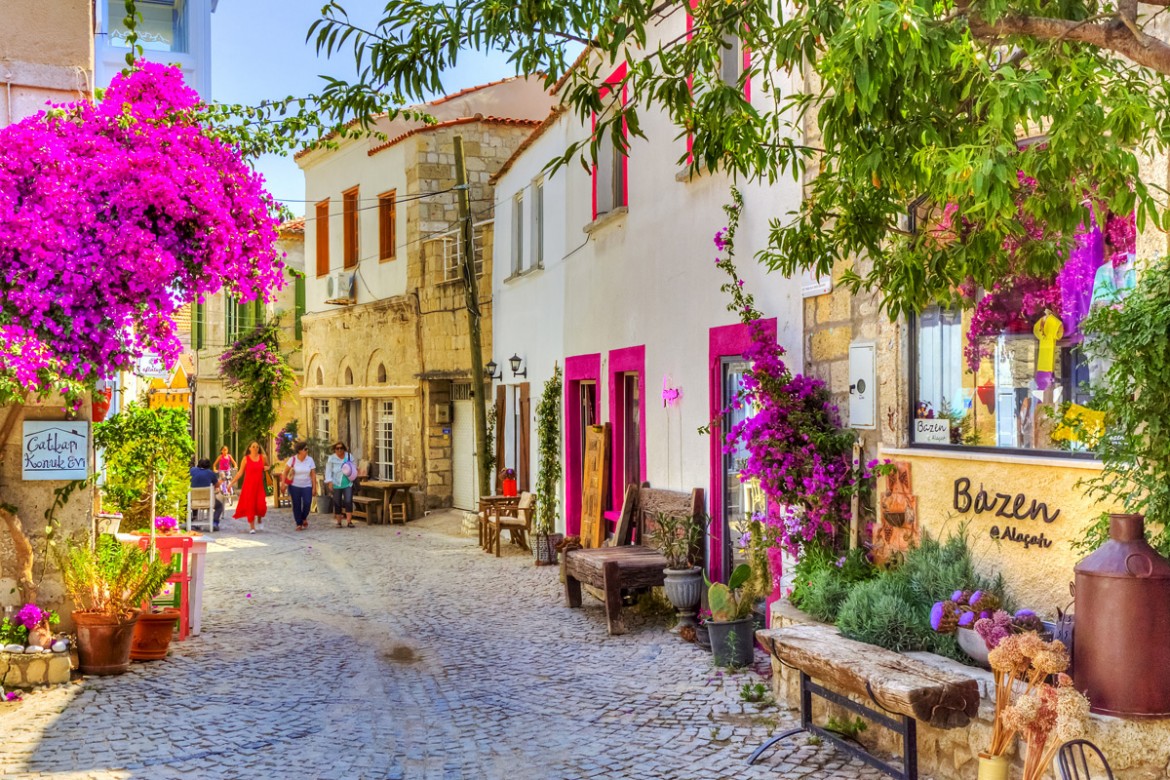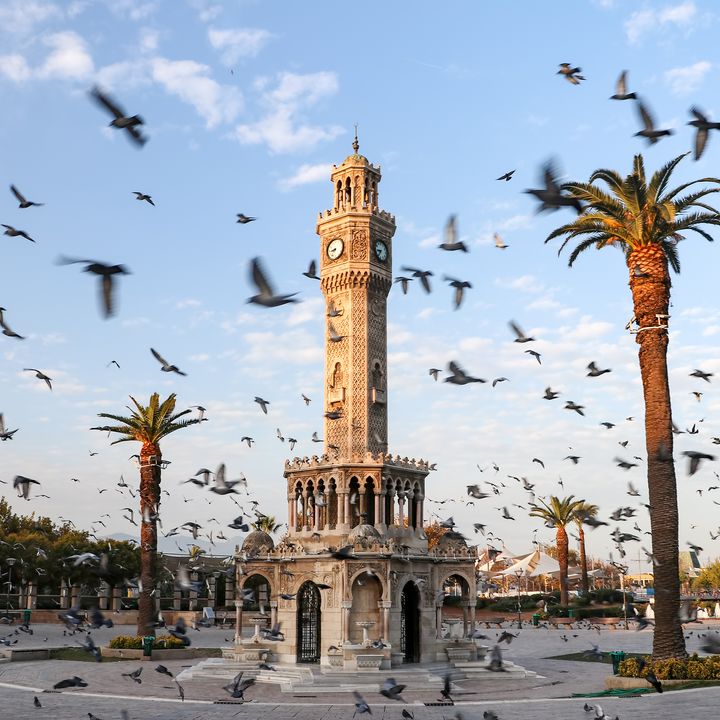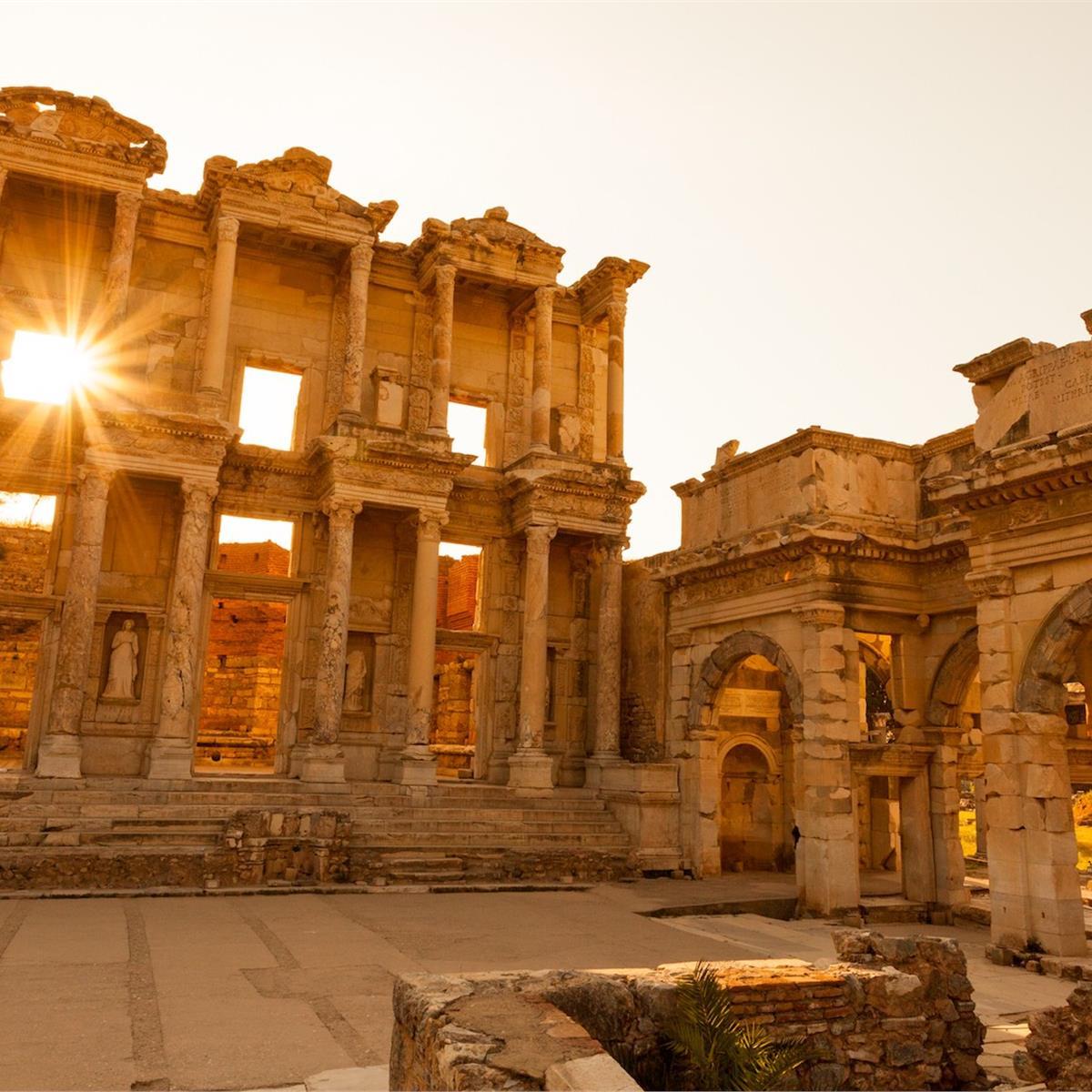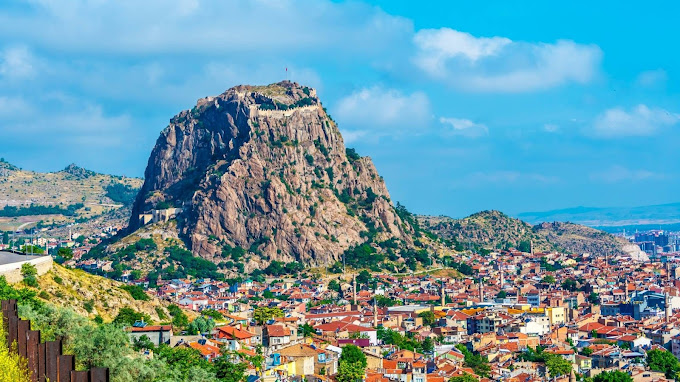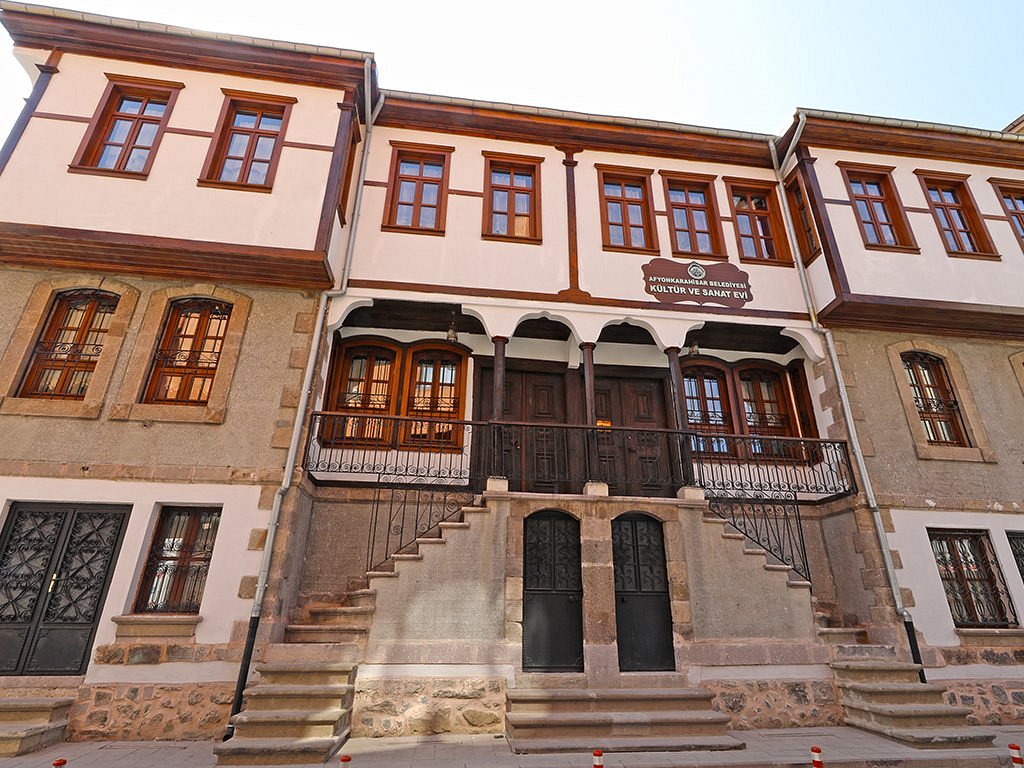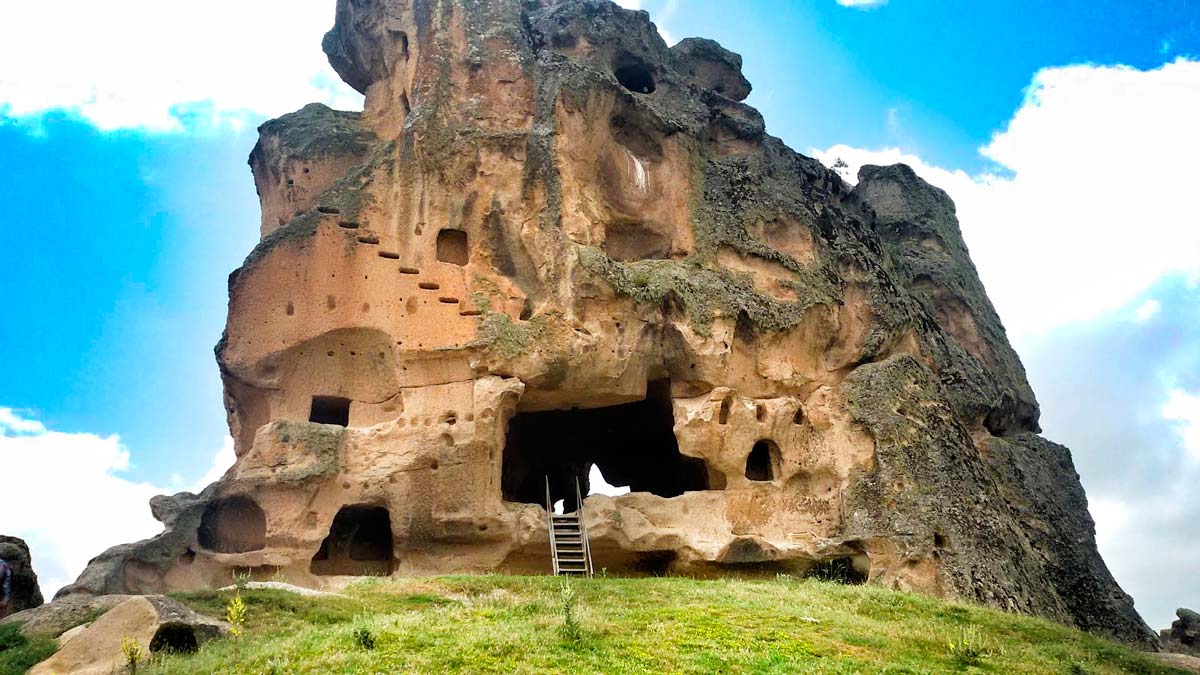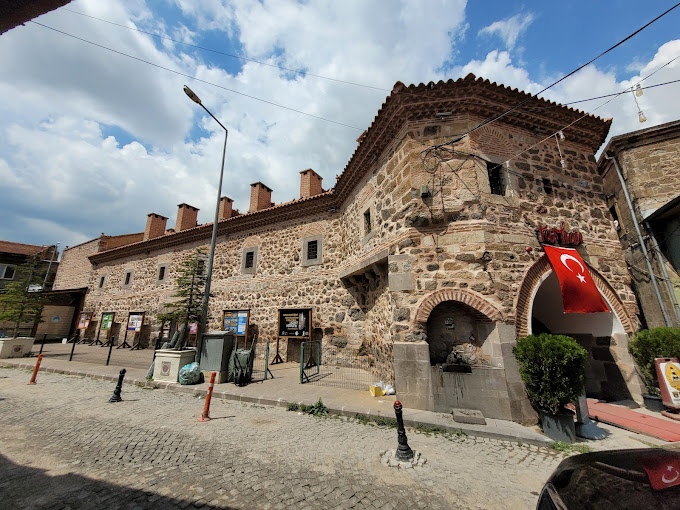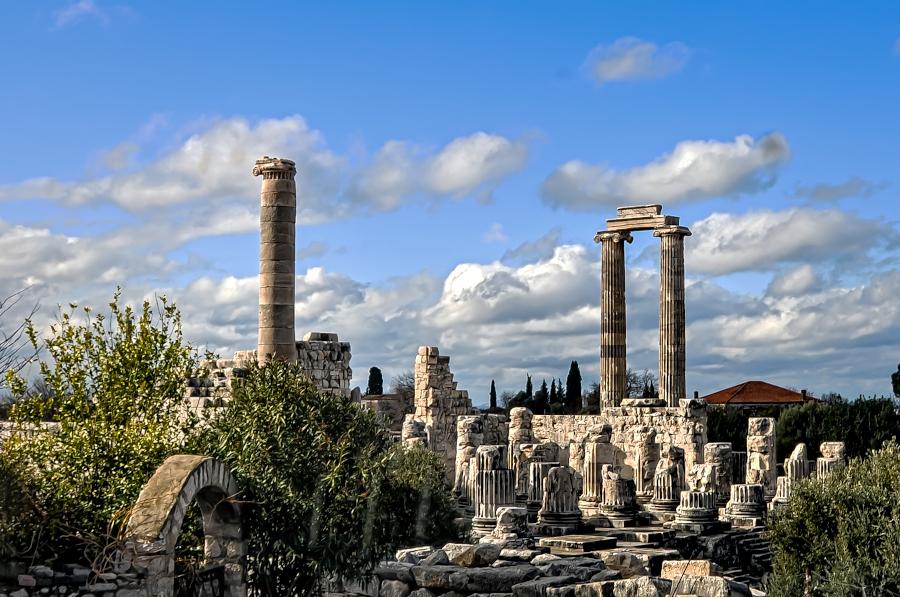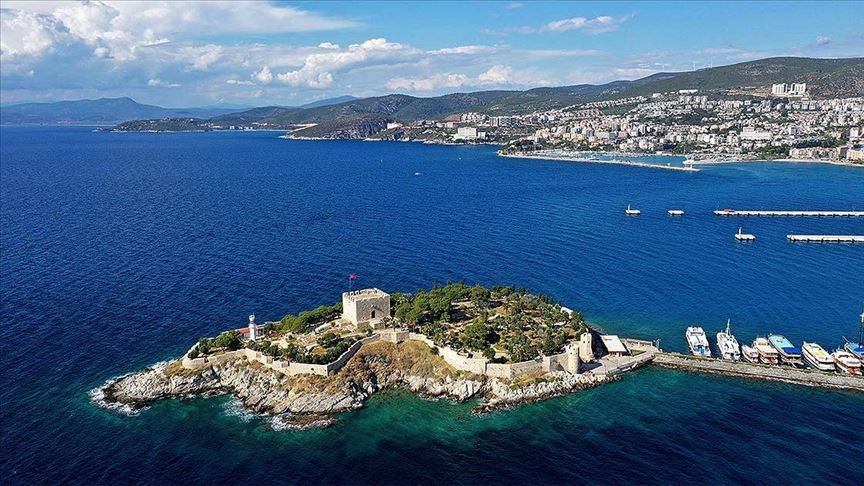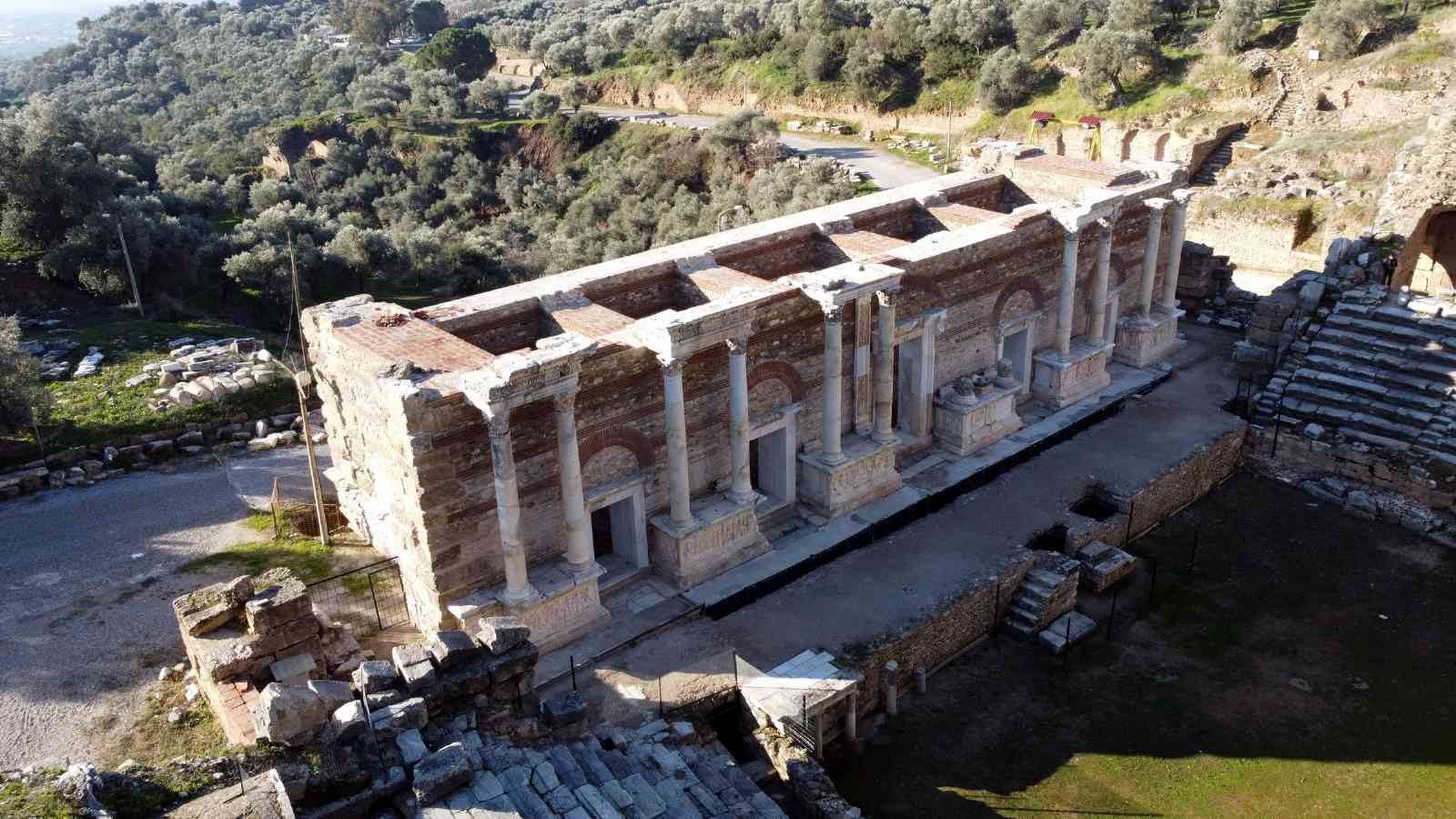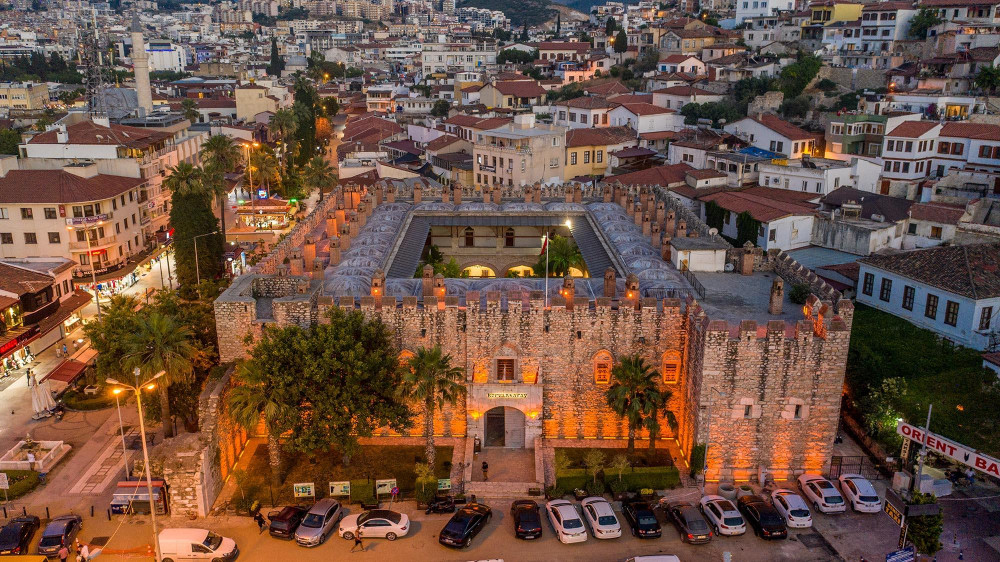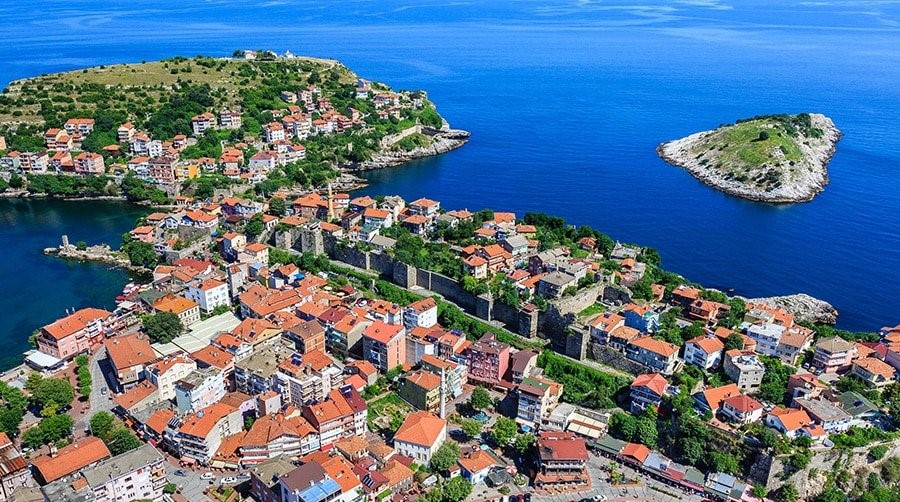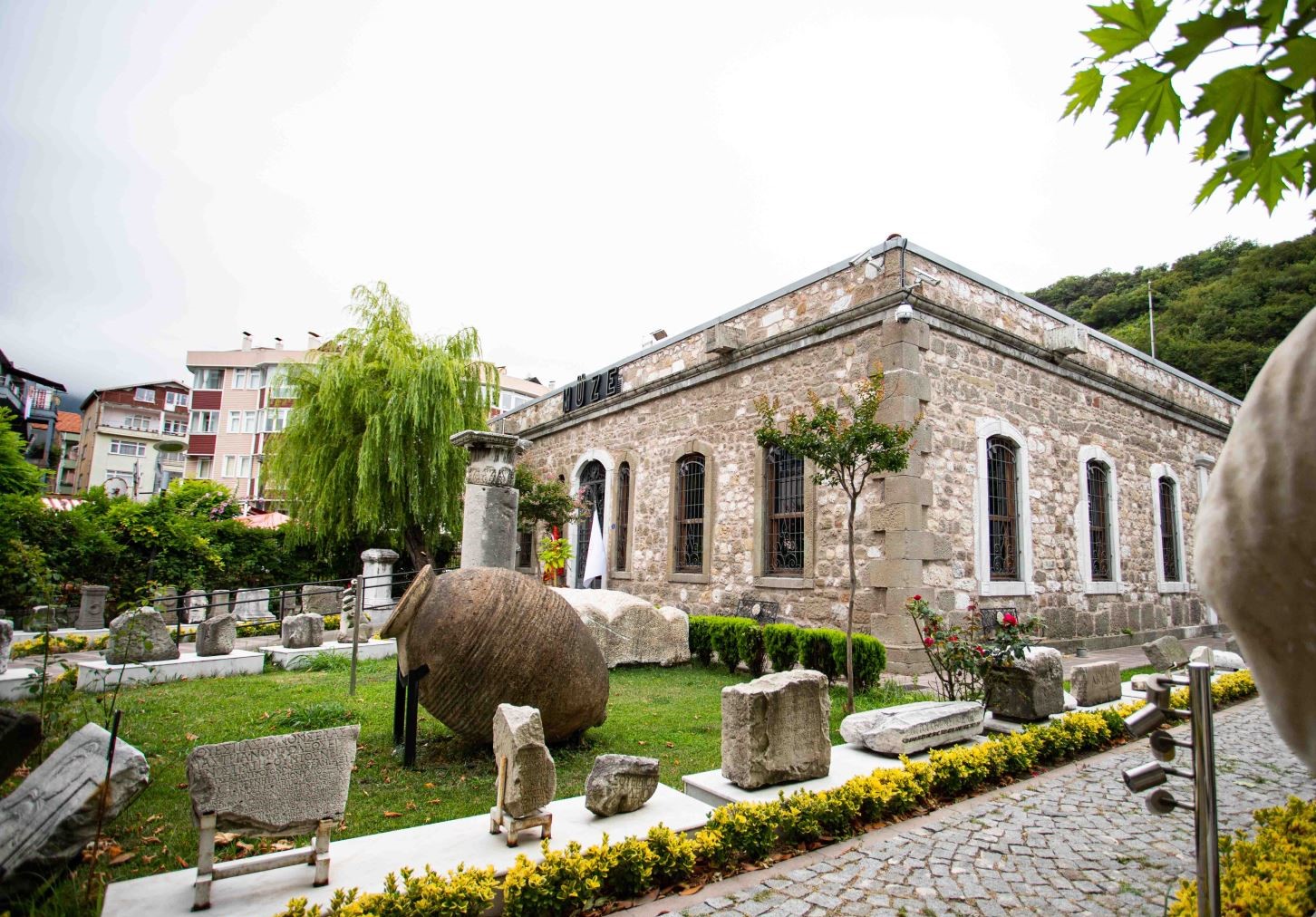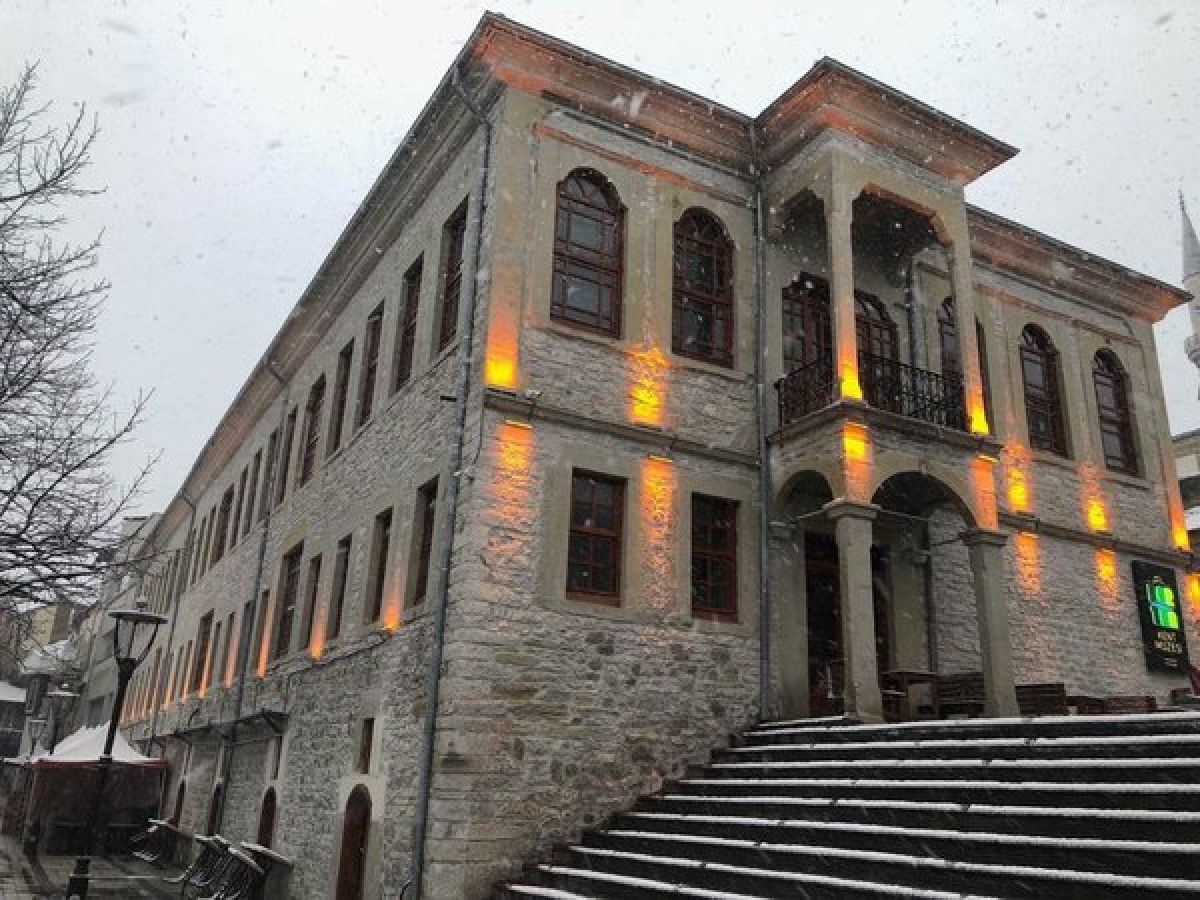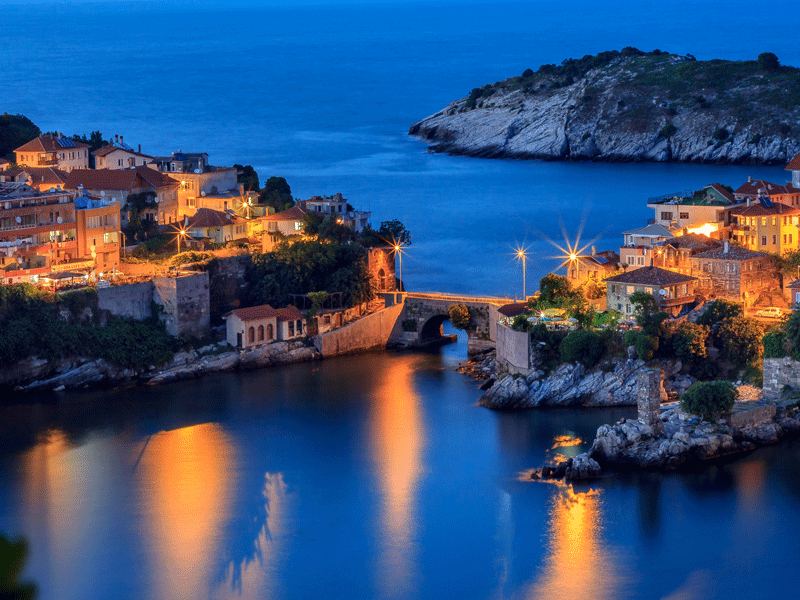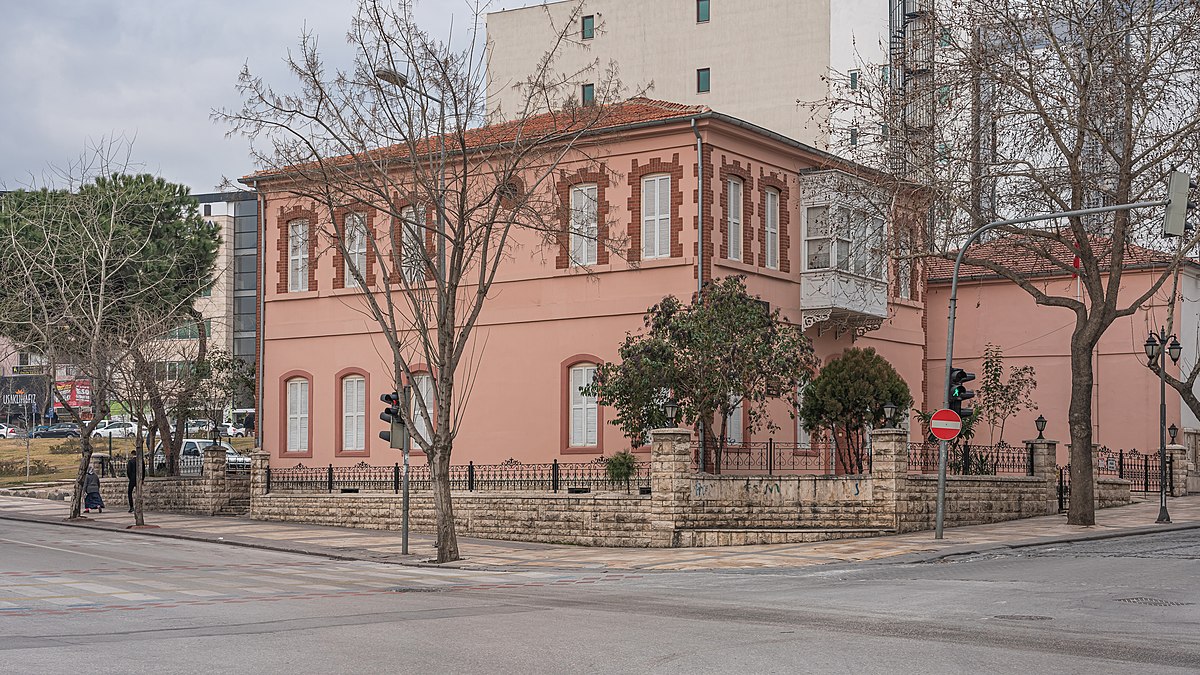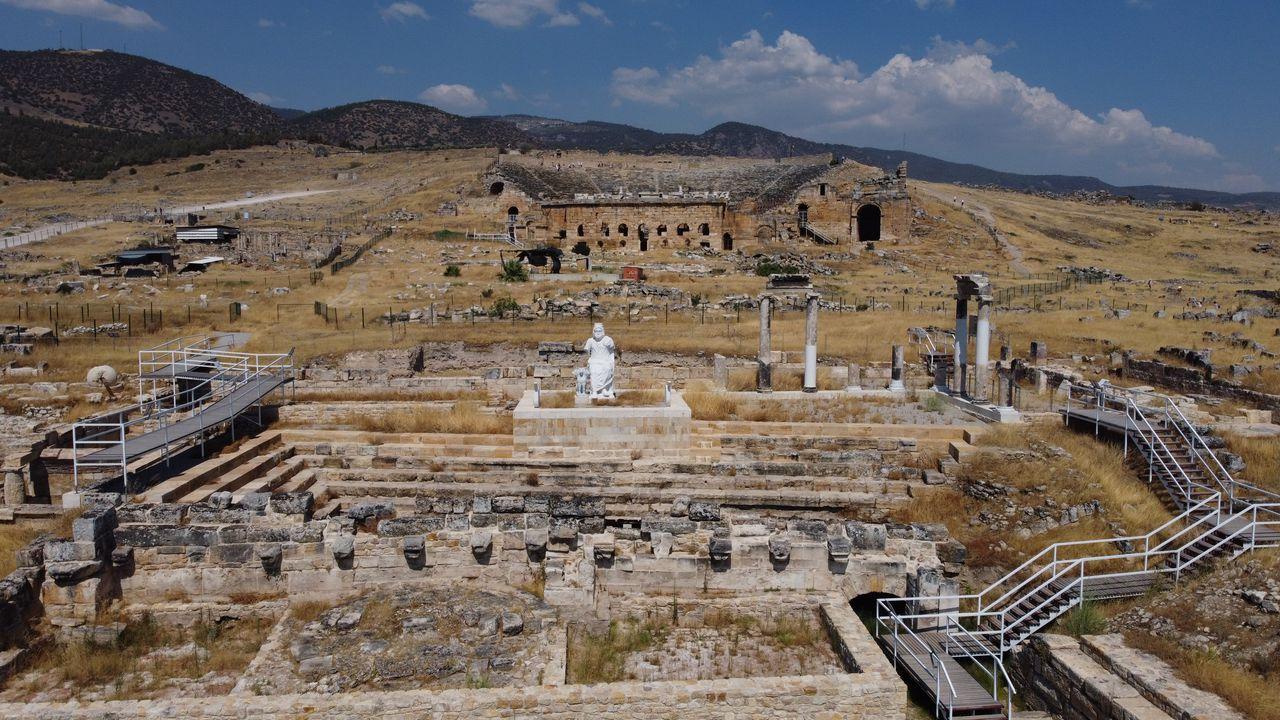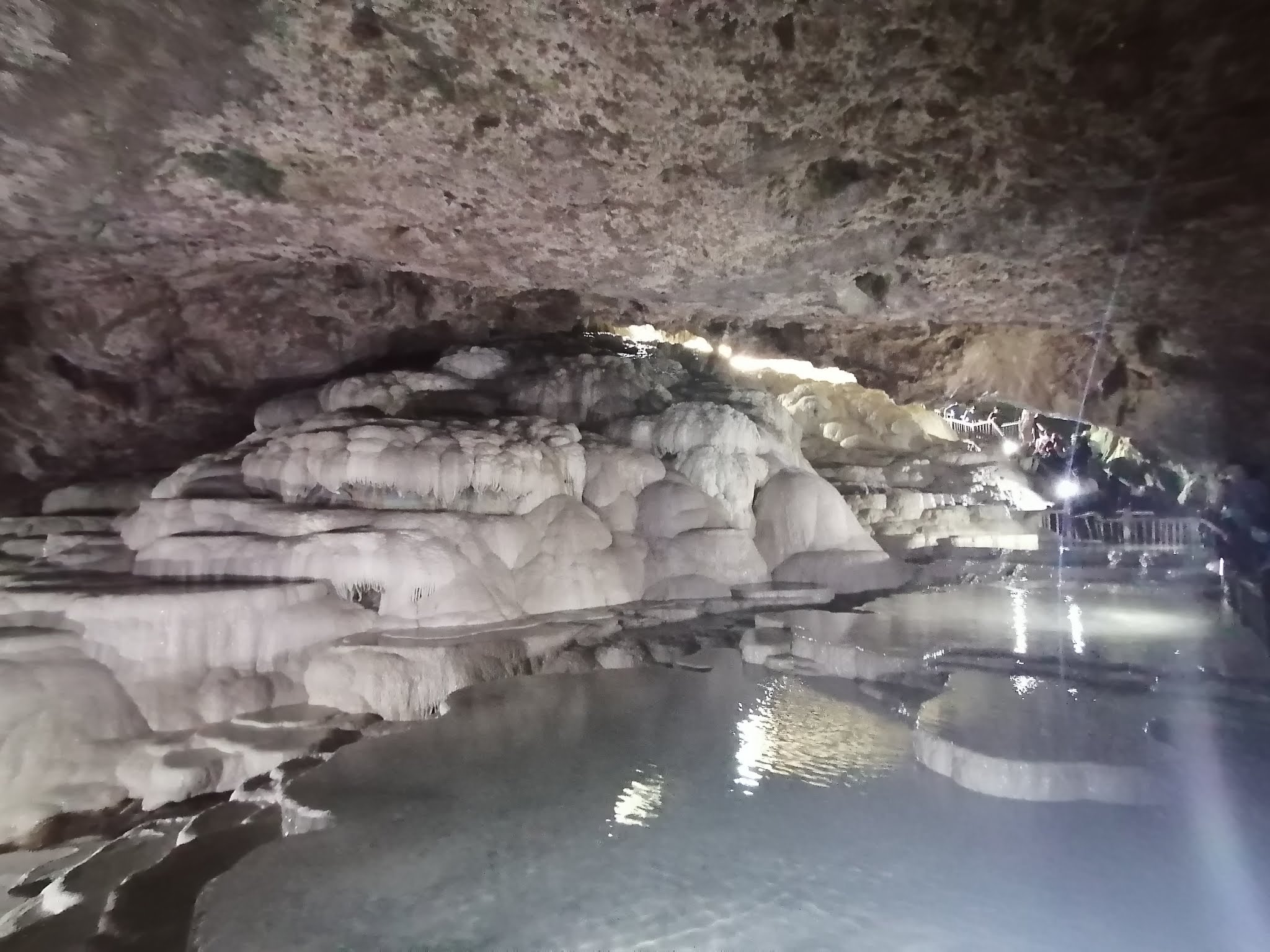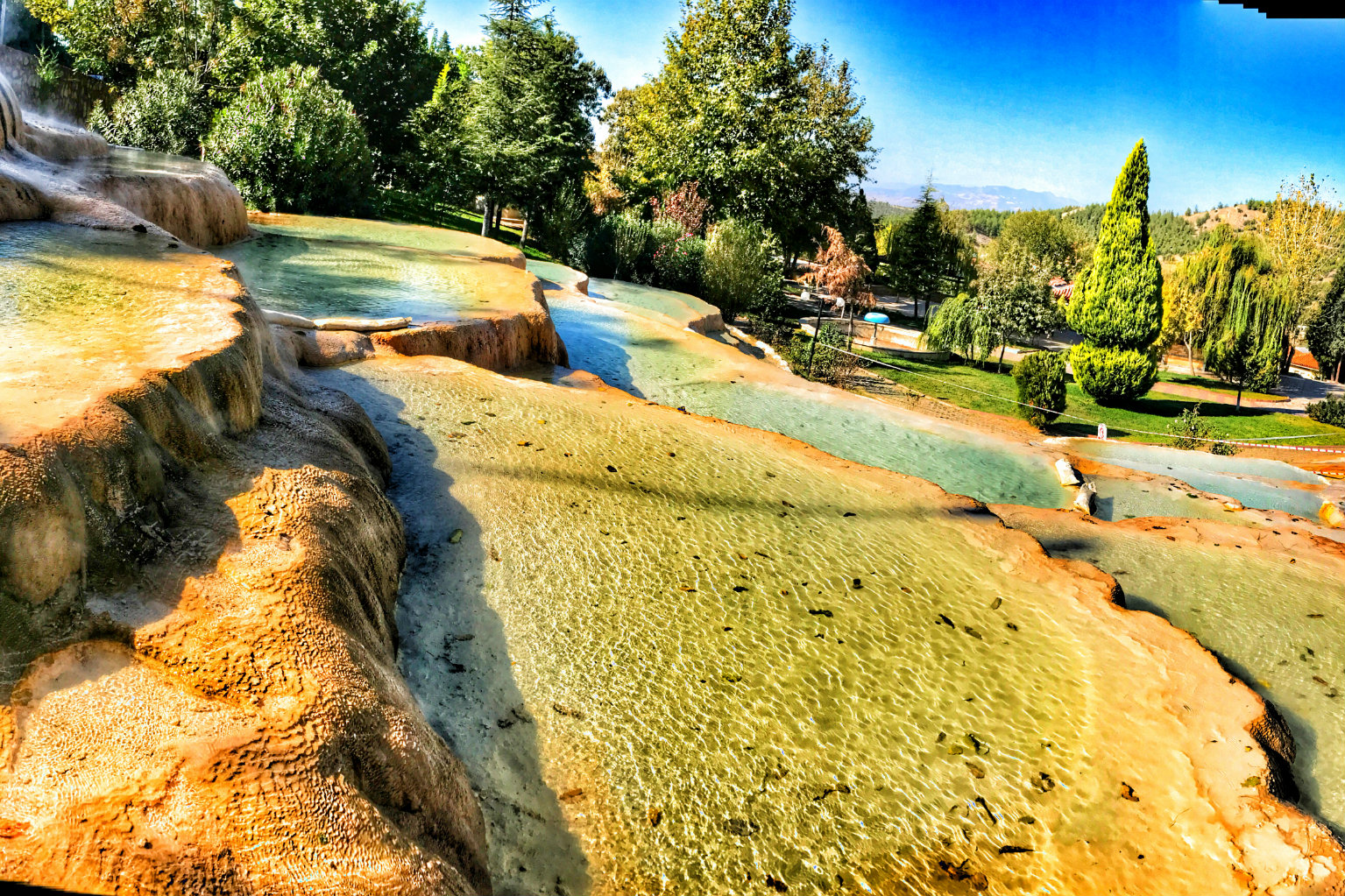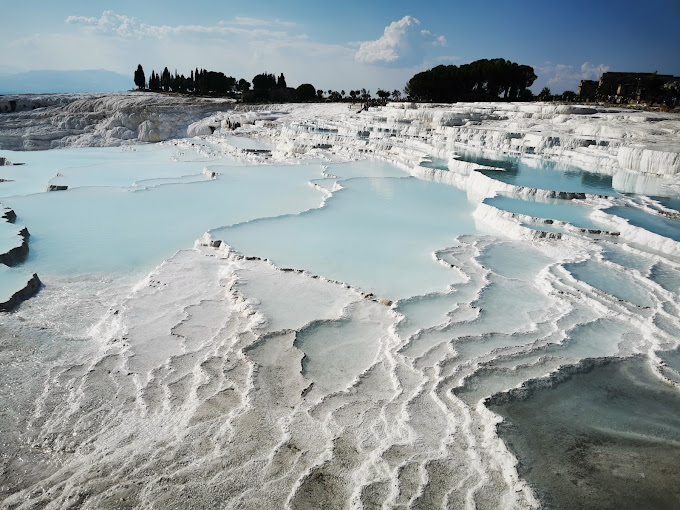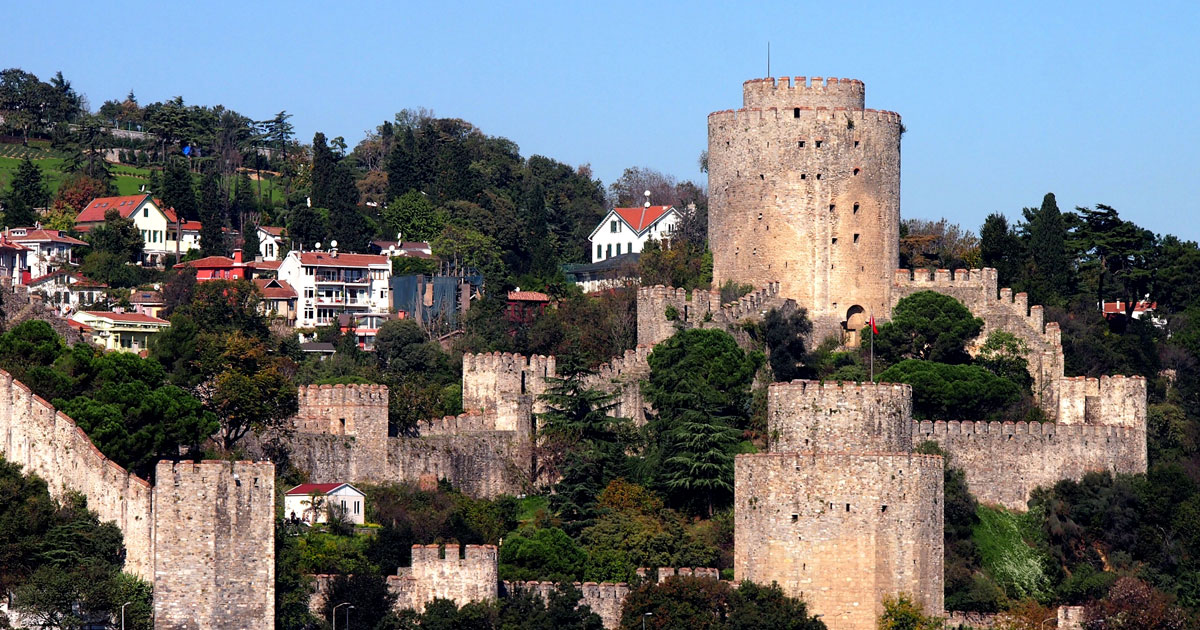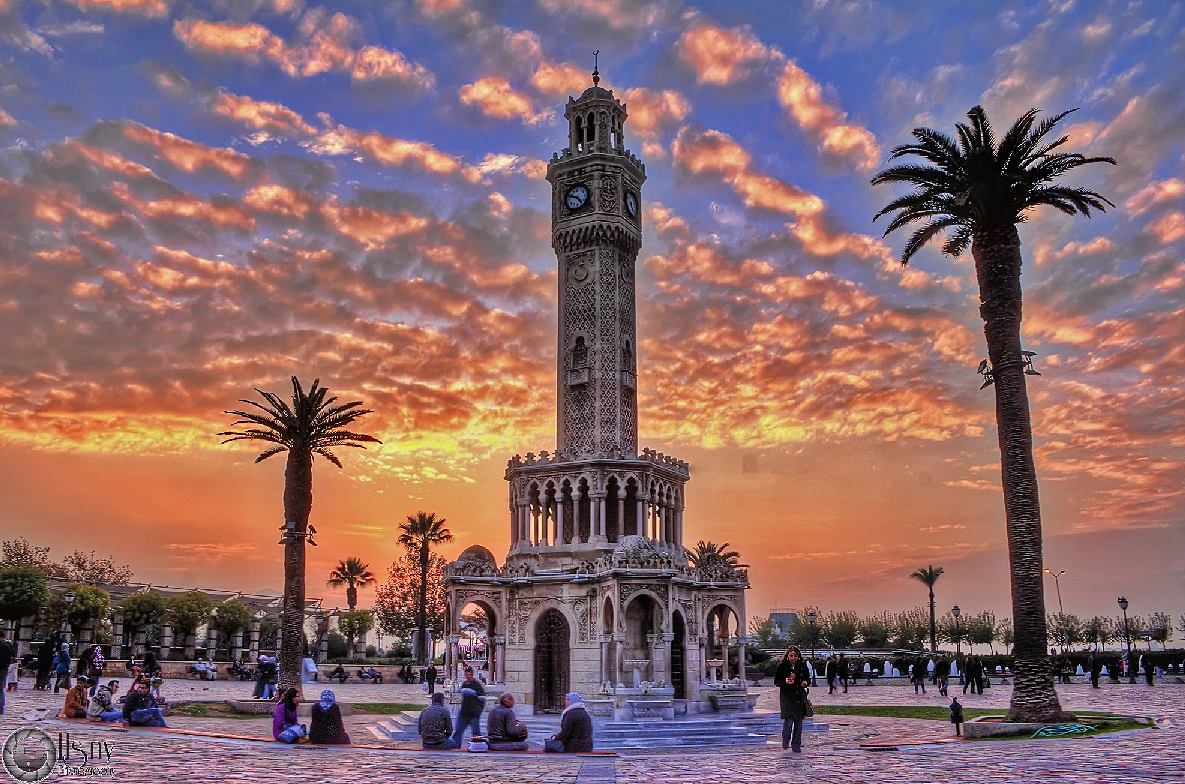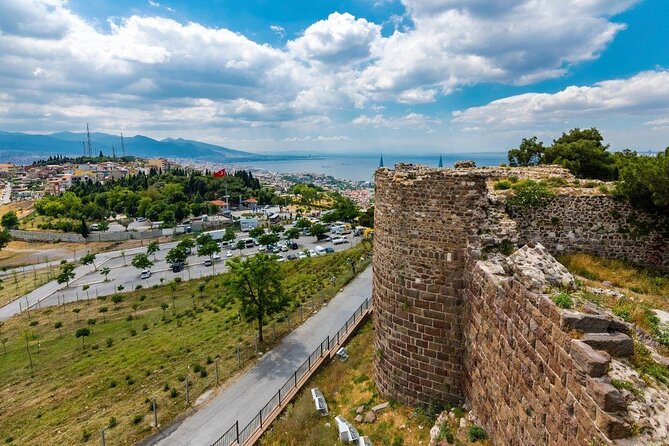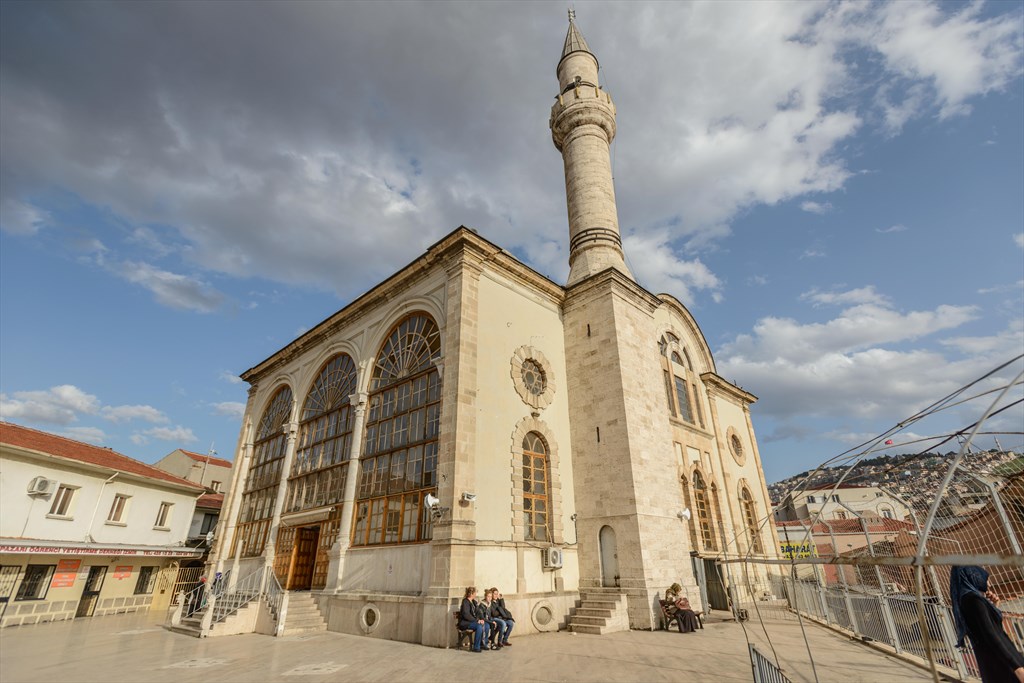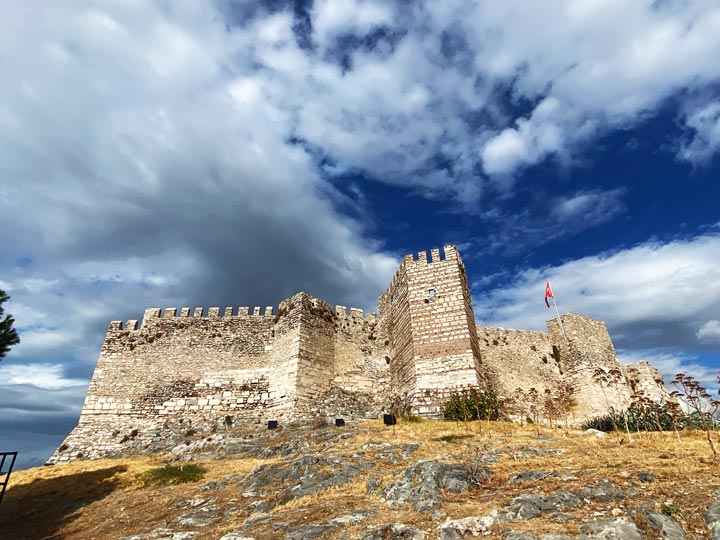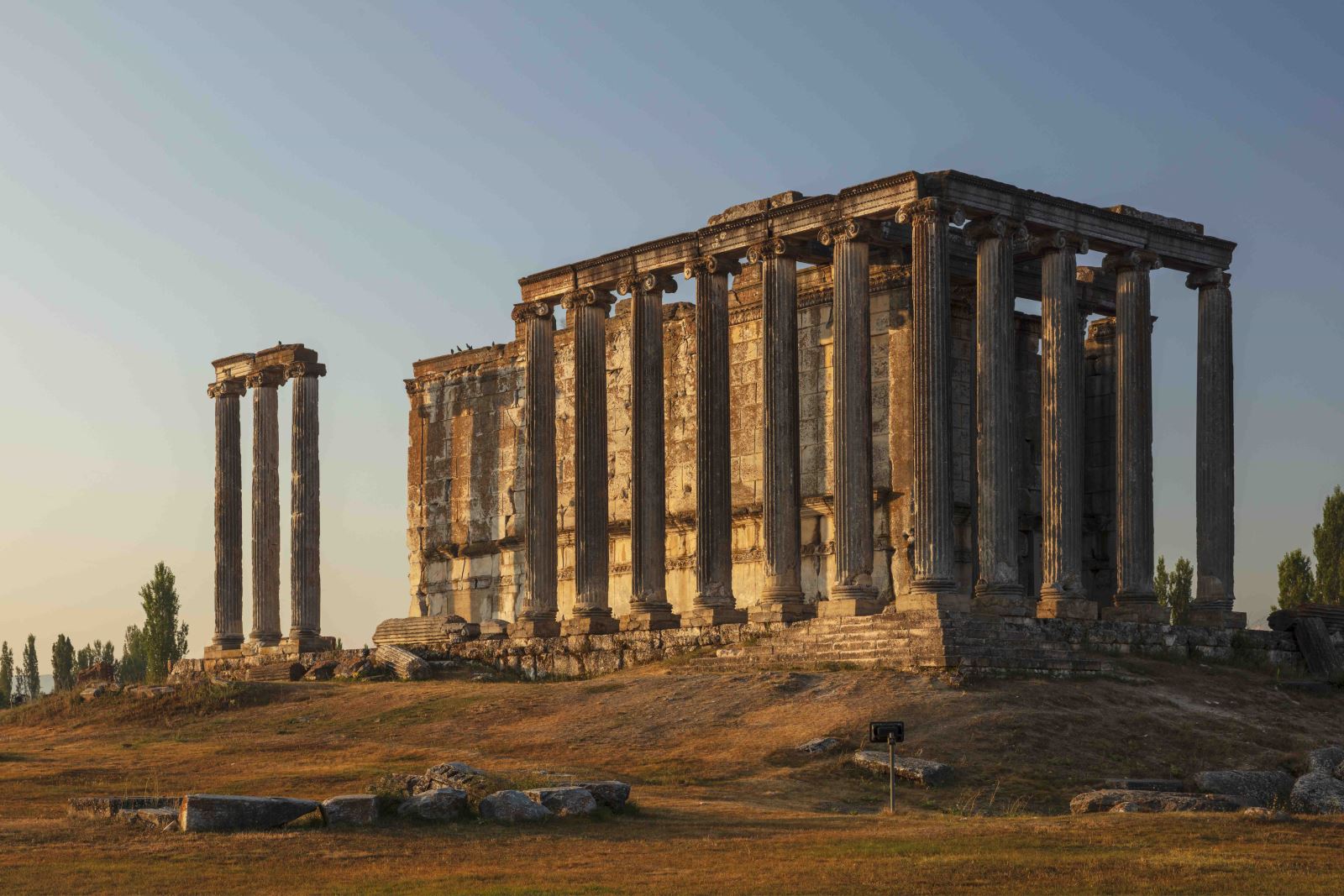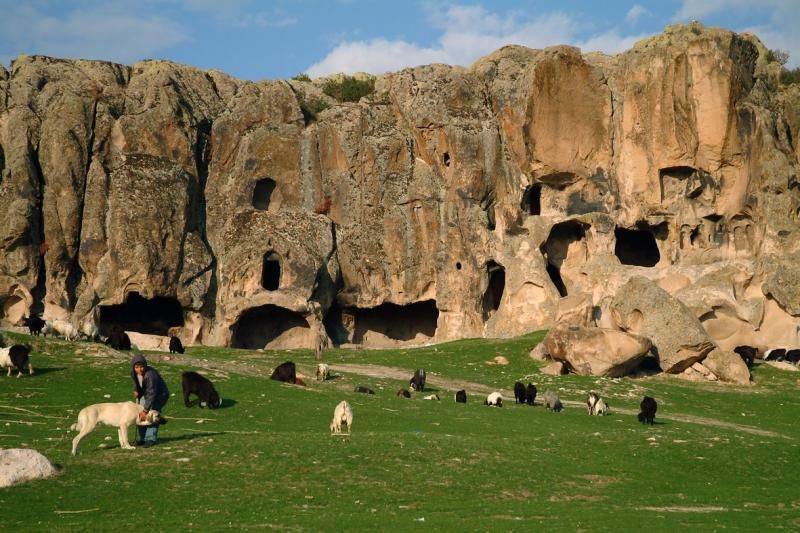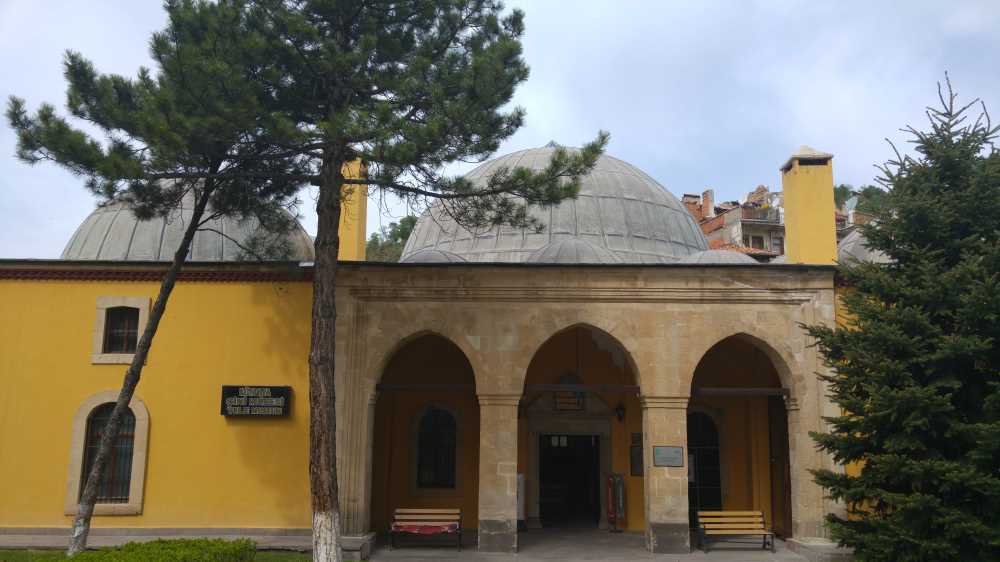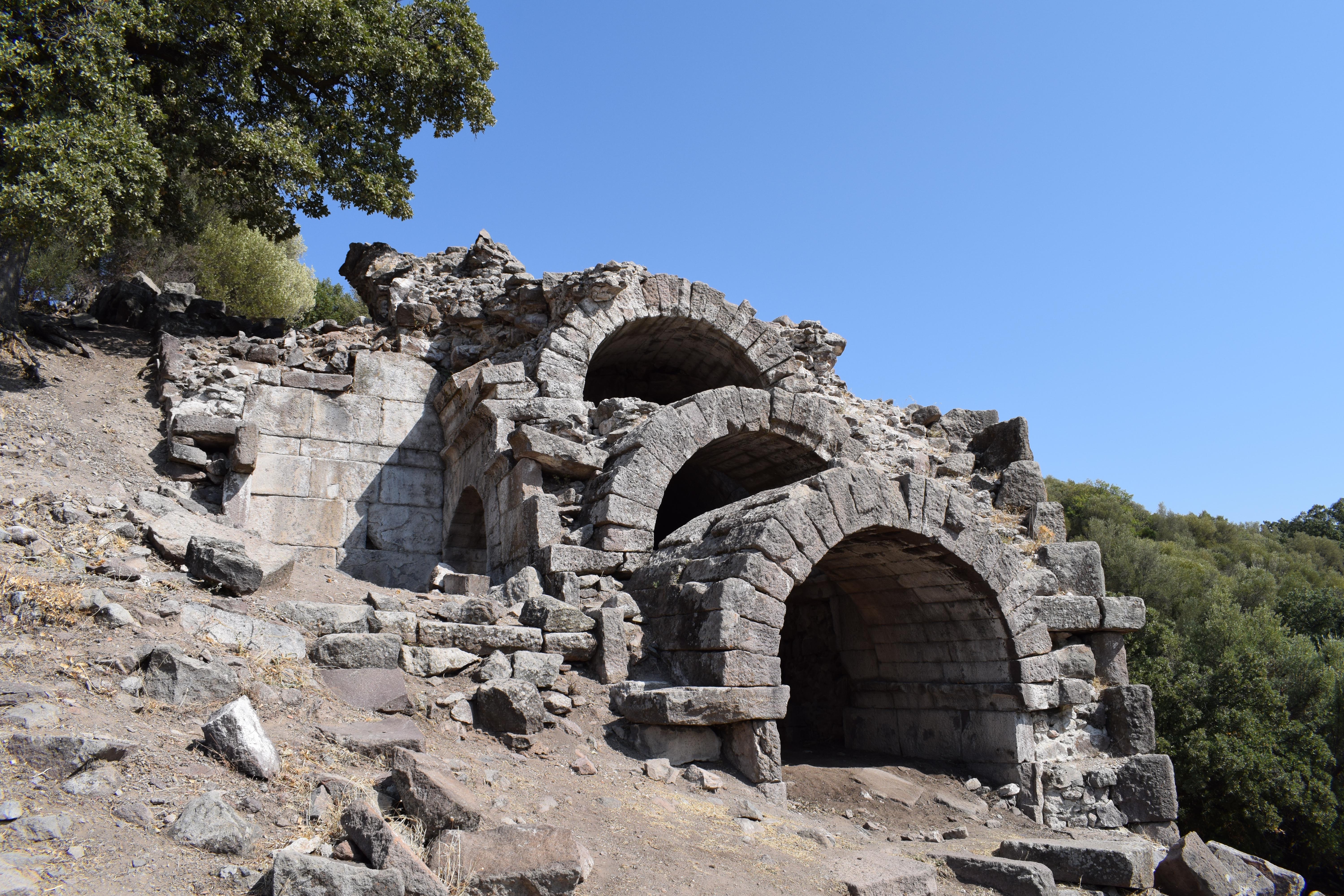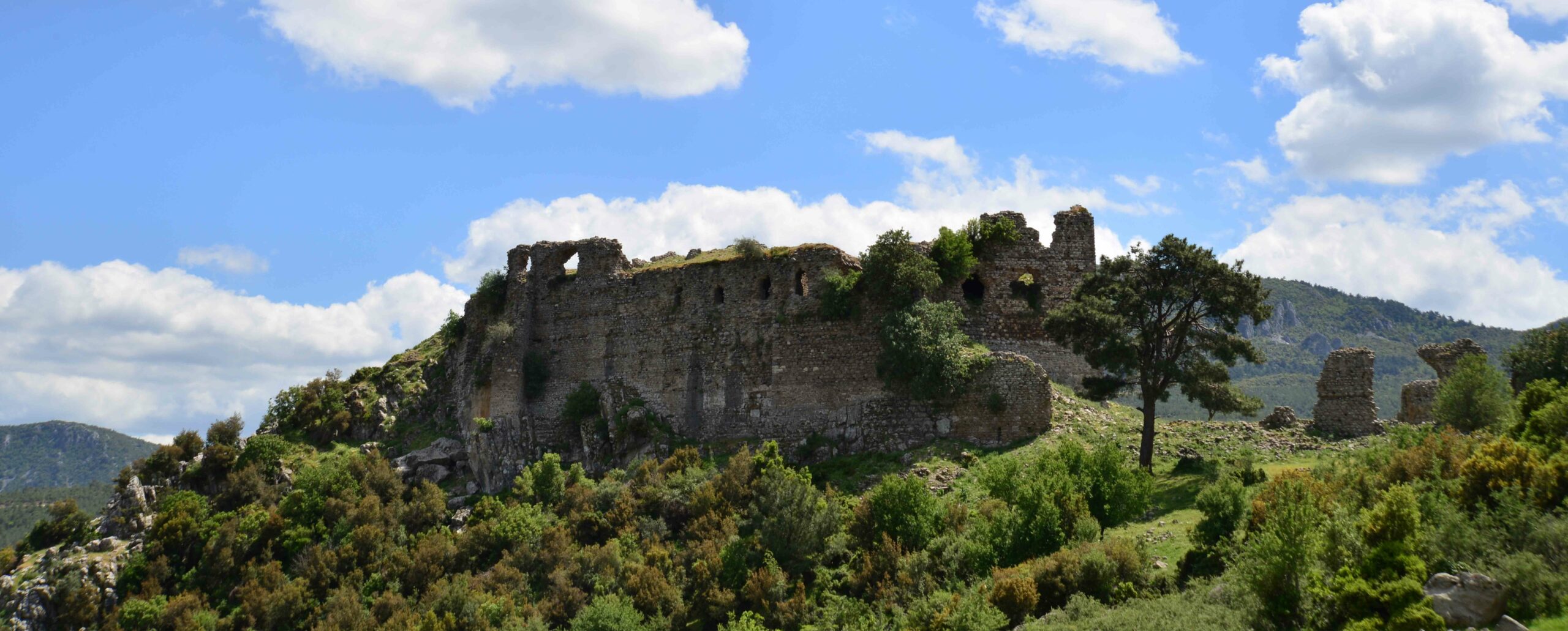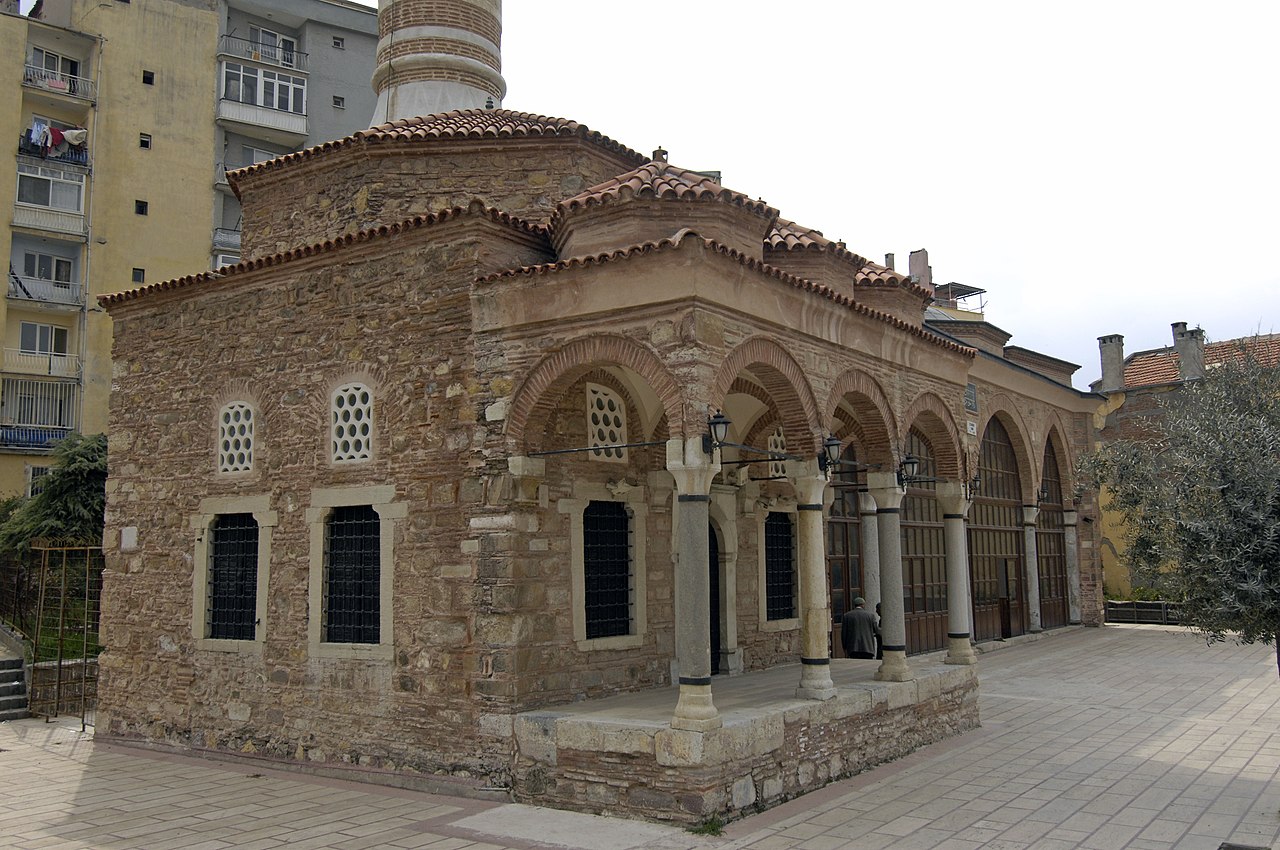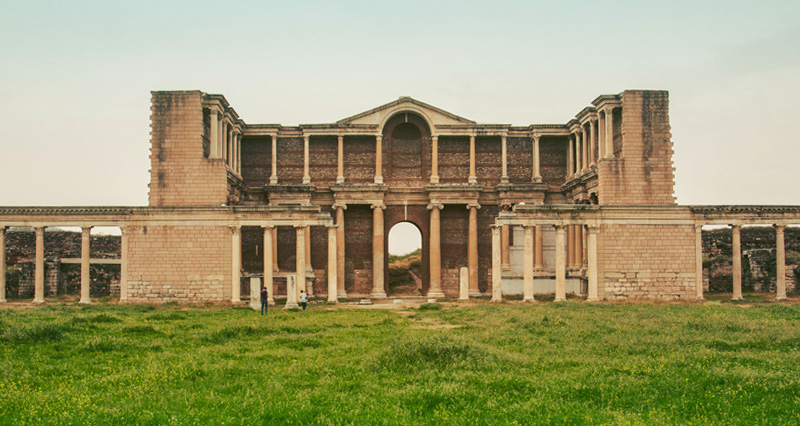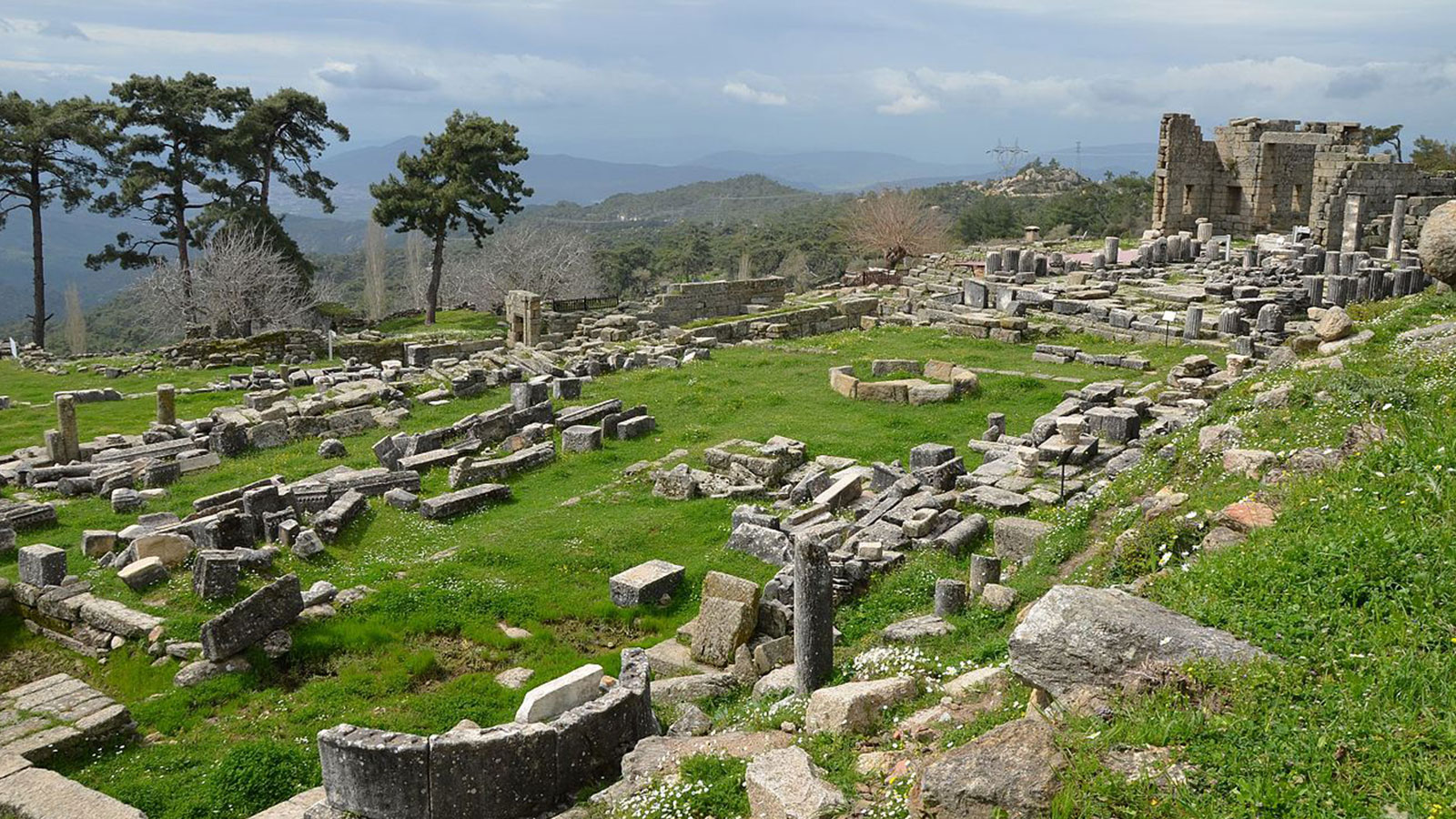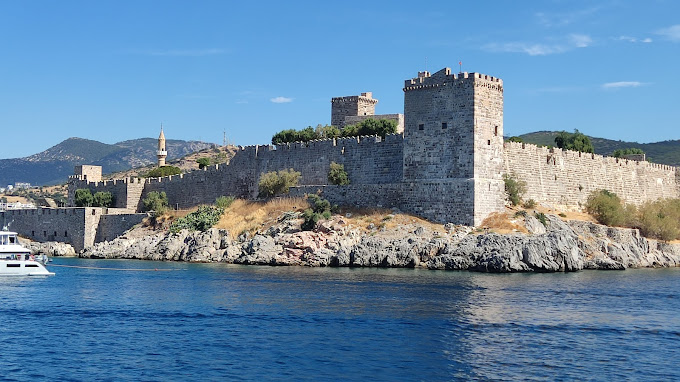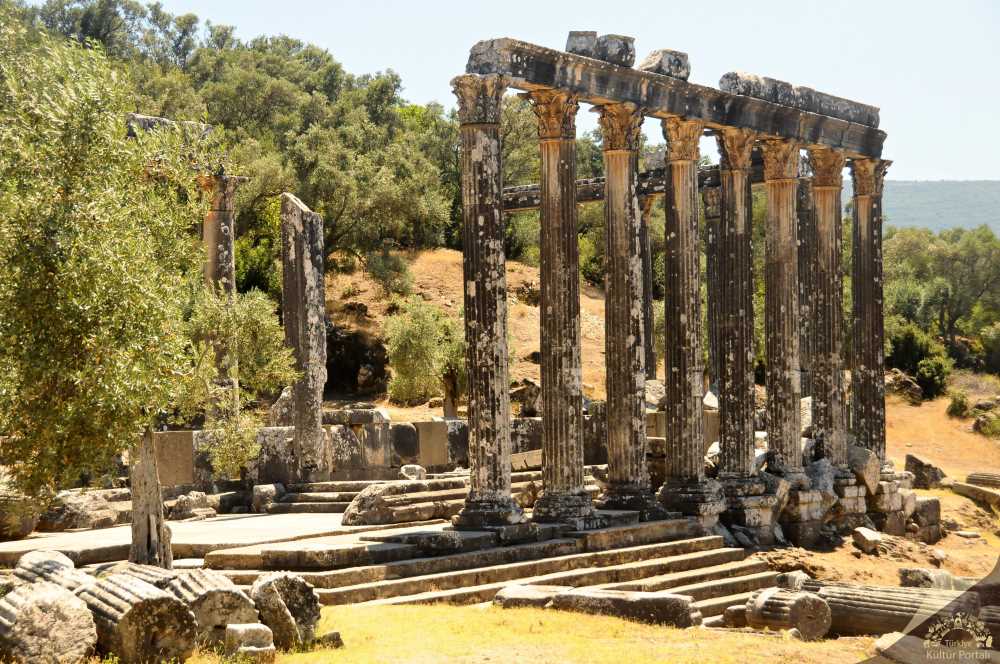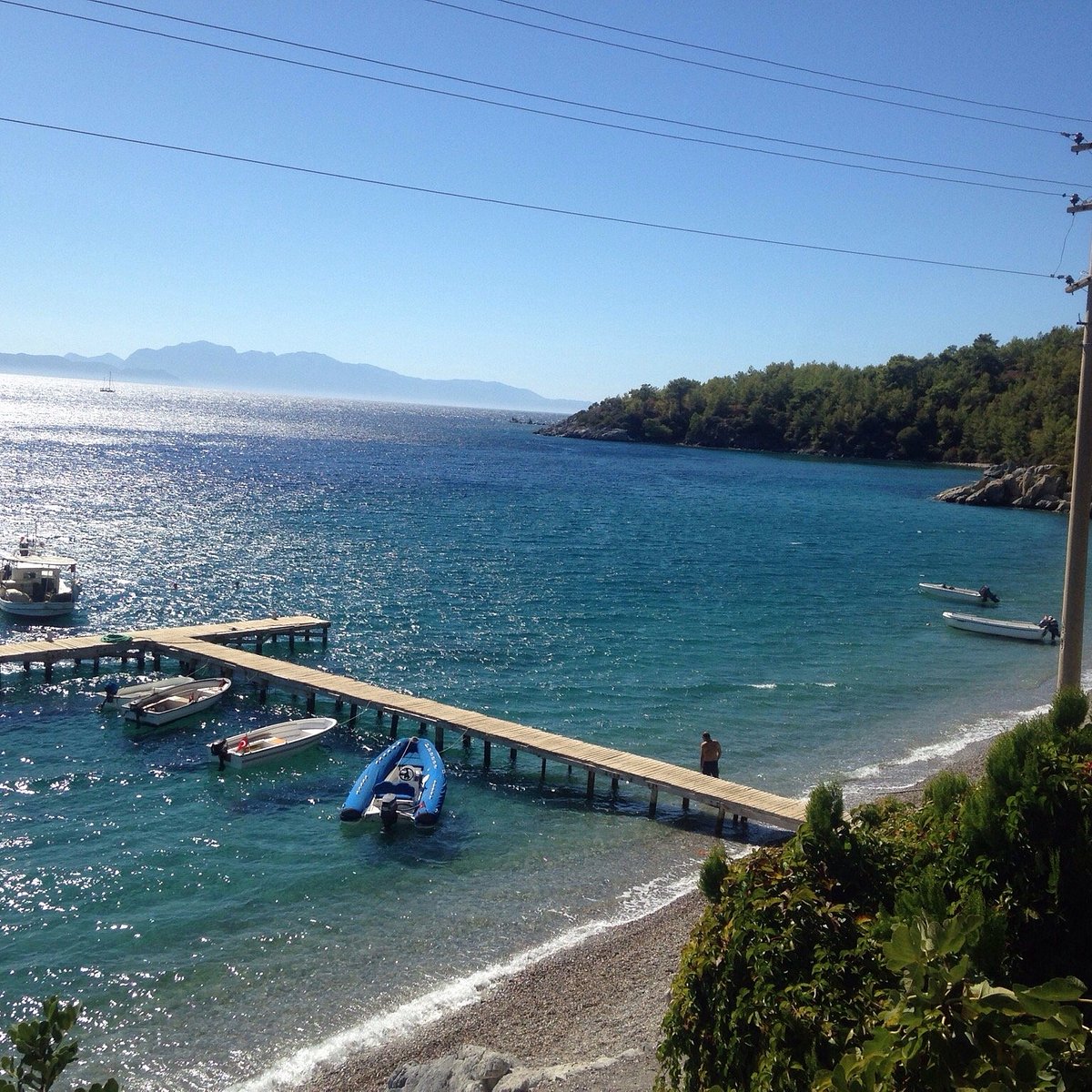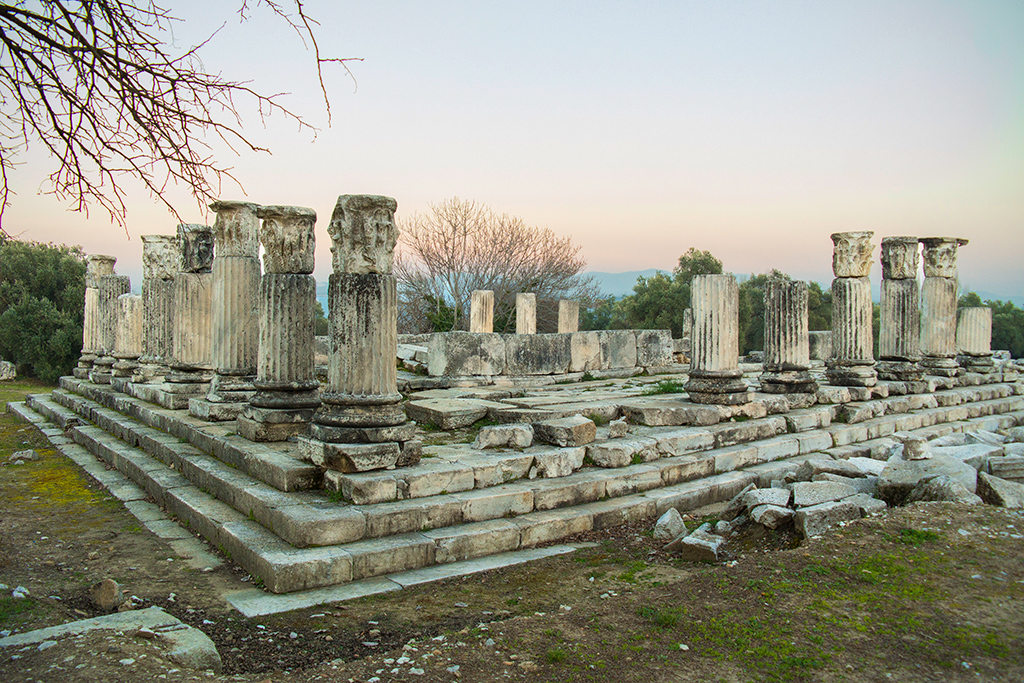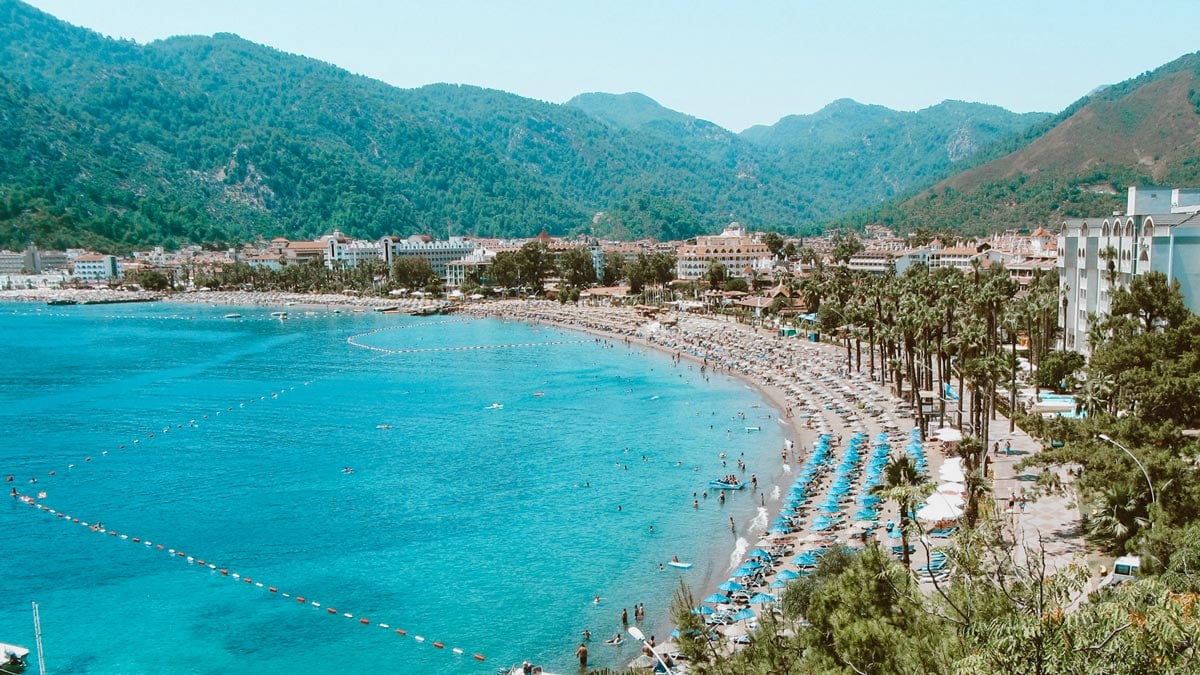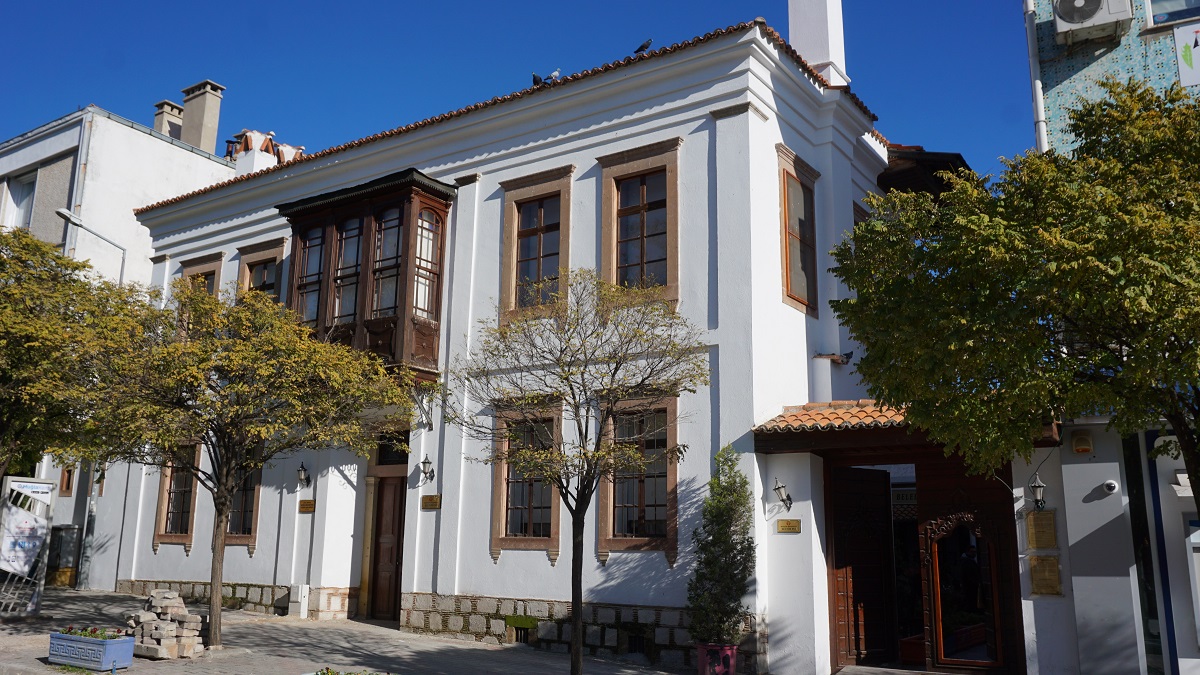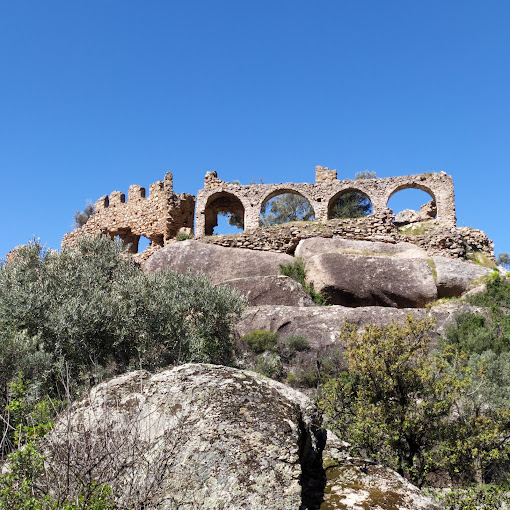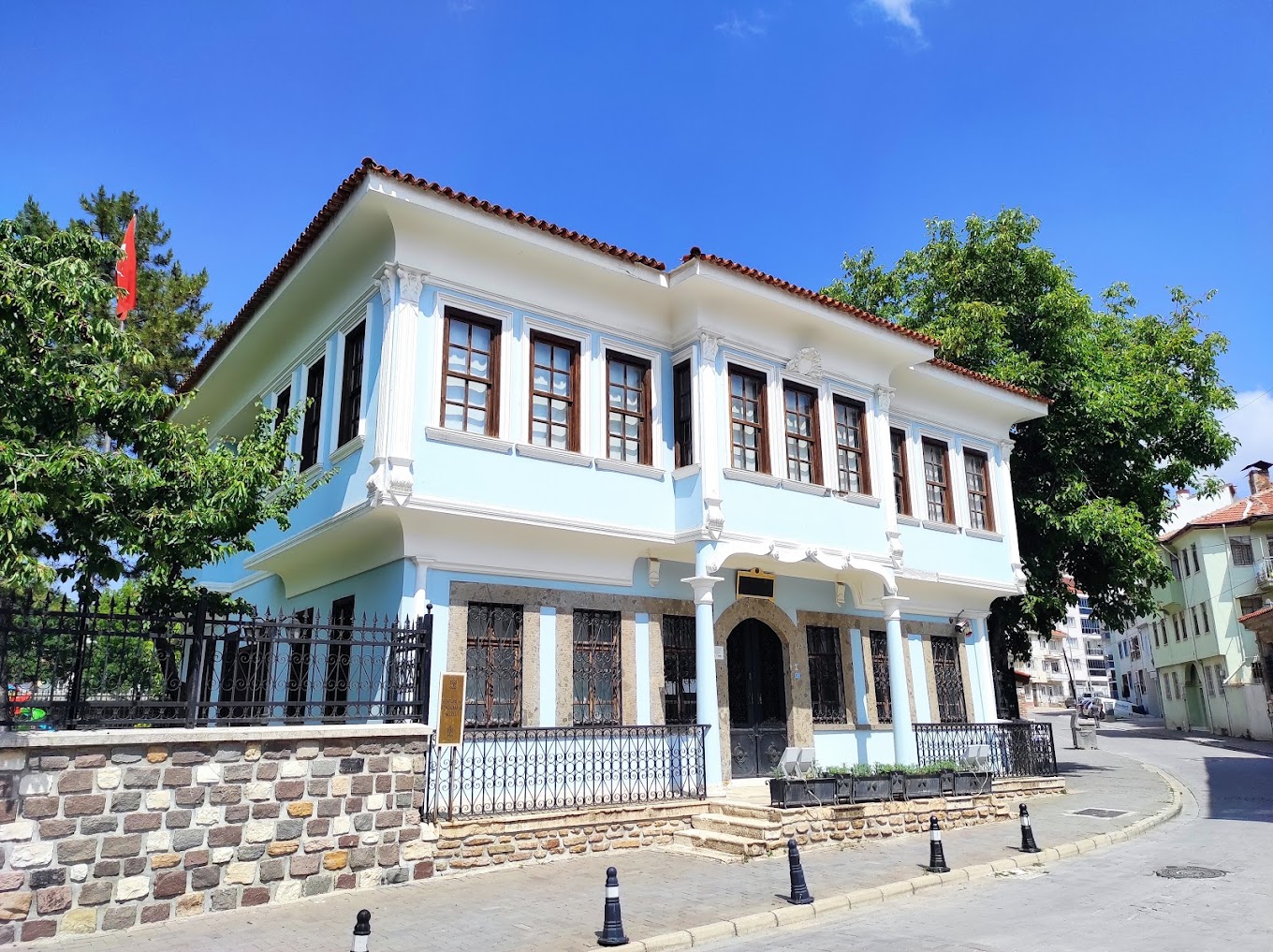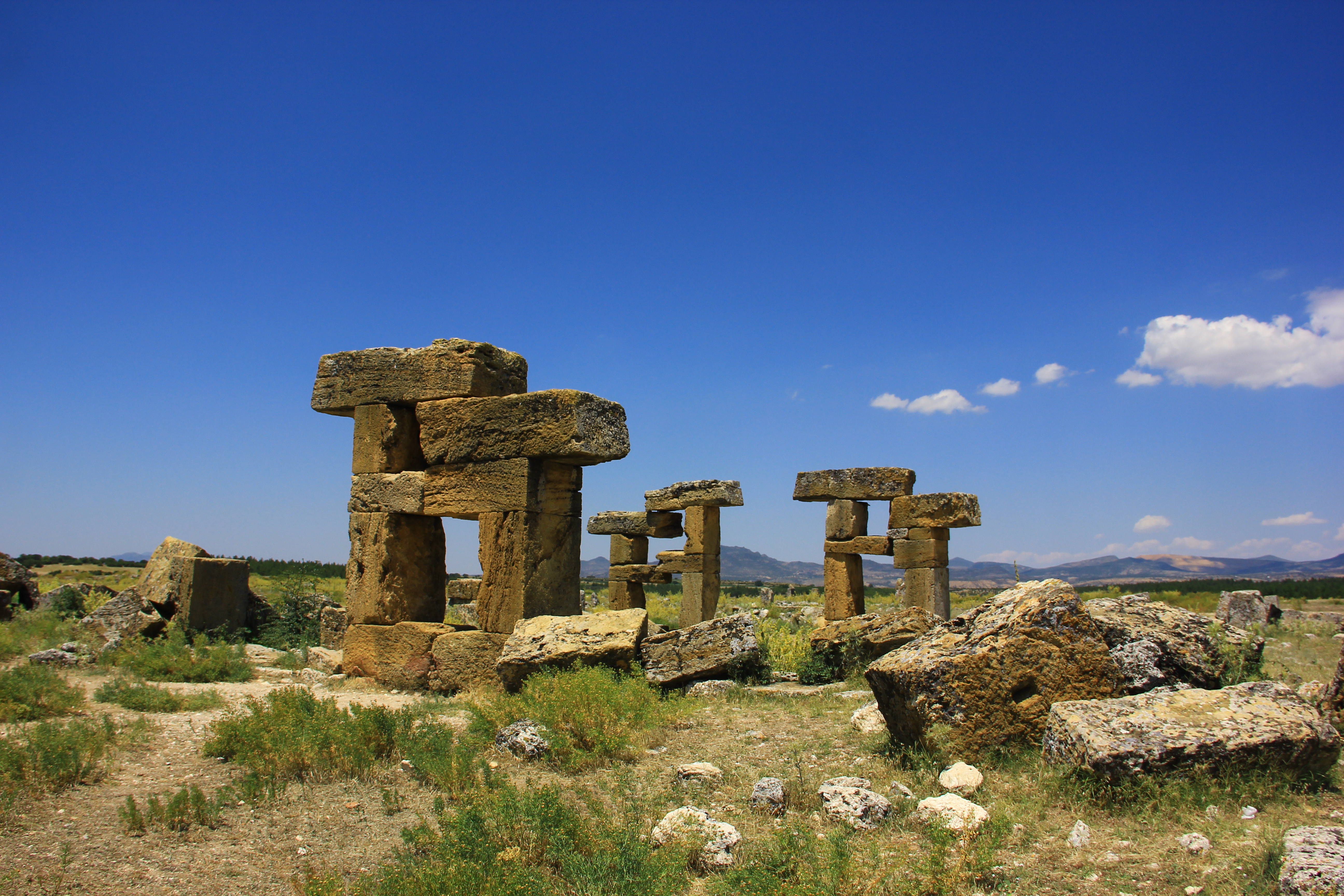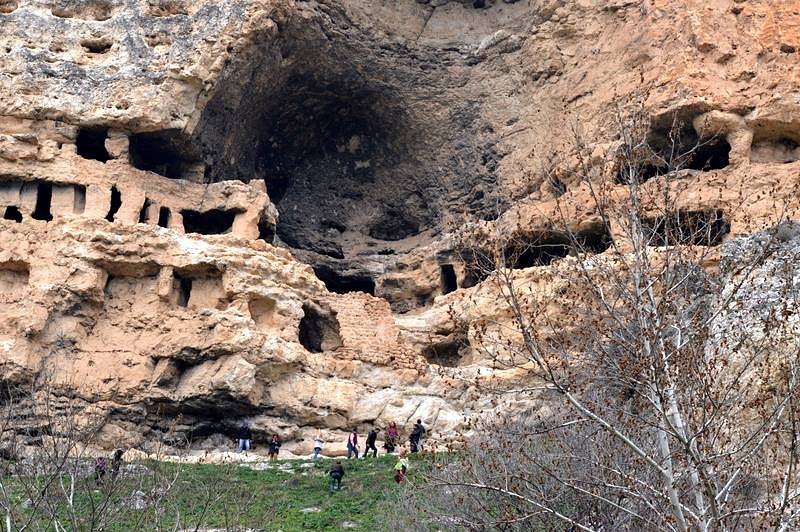Evil Eye Beads
Glass and glasswork history studies show that the source of glasswork is the Mediterranean and its surroundings. The first Egyptians colored the glass, which went through many stages over time, and created many areas of use from jewelry to coffin making. European countries also learned glass from Egypt, where they bought glass in its processed form. Glasswork has been seen in Turks since the Seljuk period. After the conquest of Istanbul, this city became the center of glassmaking, and glasswork developed day by day.
The use of glass in bead design for the first time in Anatolia started with the craftsmen who came to Izmir from Egypt to make anklets and bead bracelets at the Arap Han in Kemeraltı. The Turks, learned from these masters, developed the bead production with the mule bead design in line with their own needs. With the emergence of colored glasses, the eye began to be put on the bead in order to protect it from the evil eye. Its production continues with traditional methods in Görece village of Menderes district and Nazarköy village of Kemalpaşa district in İzmir. The village, which was named Kurudere due to the fact that it is on the side of the stream bed, was named Nazarköy with the approval of the Council of Ministers dated 20.03.2007, due to the intense production of evil eye beads. Generally, round or oval shaped bead kilns (furun-oven) are made by masters who know this job in the village. Glasses of different colors are melted in the chambers called “pans” of furnaces that burn only pine wood. The molten glass is taken from these chambers by means of iron rods and shaped on the rail iron. The types of beads produced today are called karagöz, walnut, cylinder, egg, plate, plate heart, dice, saddlery, danagöz. Bead types are named according to the colors used, such as yellow-eyed bream, transparent green saddlery bead, overhead blue cylinder, and blue-eyed overhead blue dangle. Beads are also named according to their size as large, medium and small. Thus, they are called transparent green big bream, small transparent purple cylinder with blue eyes, bream with big yellow eyes. In addition, materials such as rings, jugs, fish, ashtrays are also produced. The evil eye bead design, which has become one of the symbols of Izmir and is called "plate" by the producers, was highly appreciated by our people, and this design was featured in different areas.





